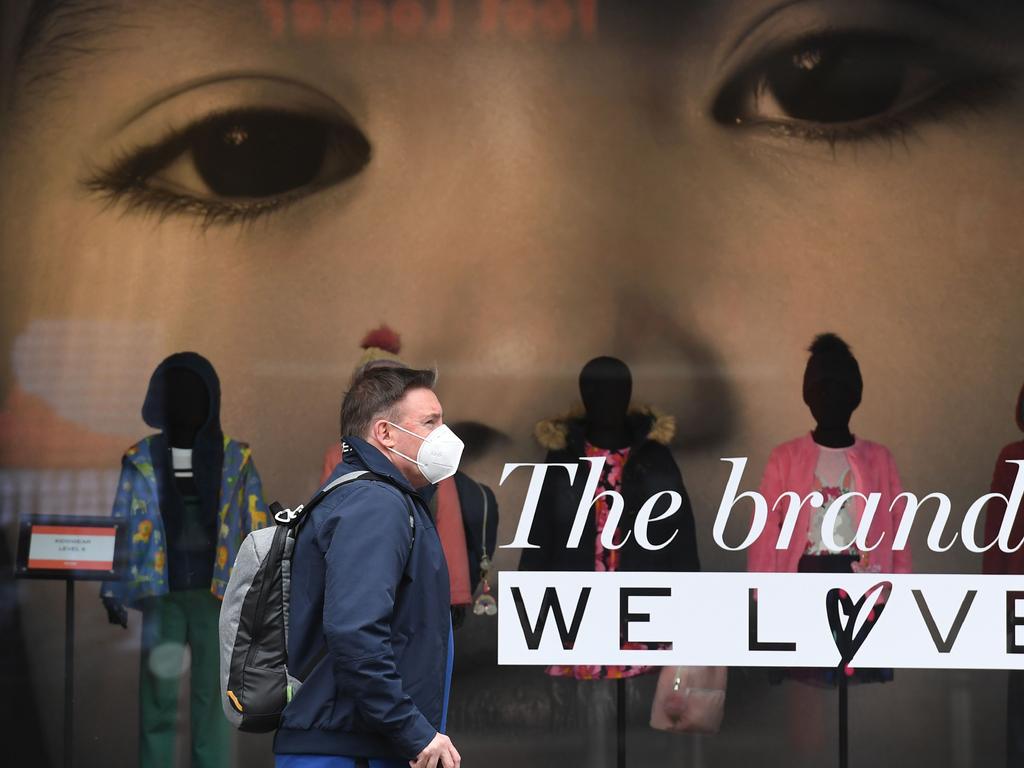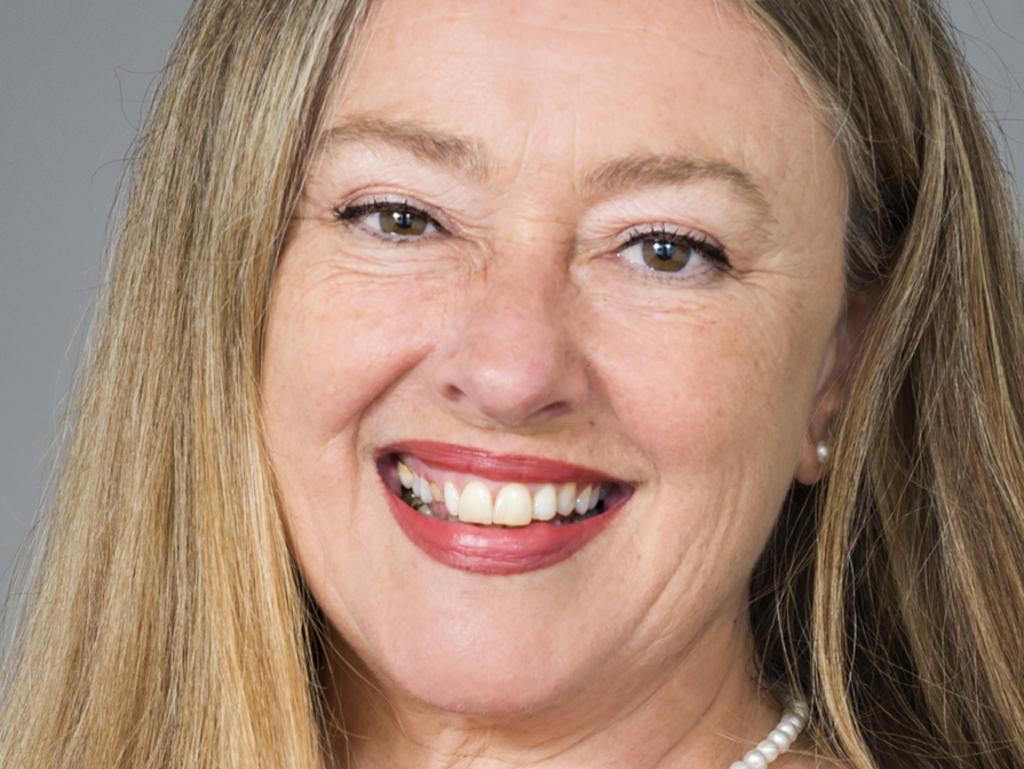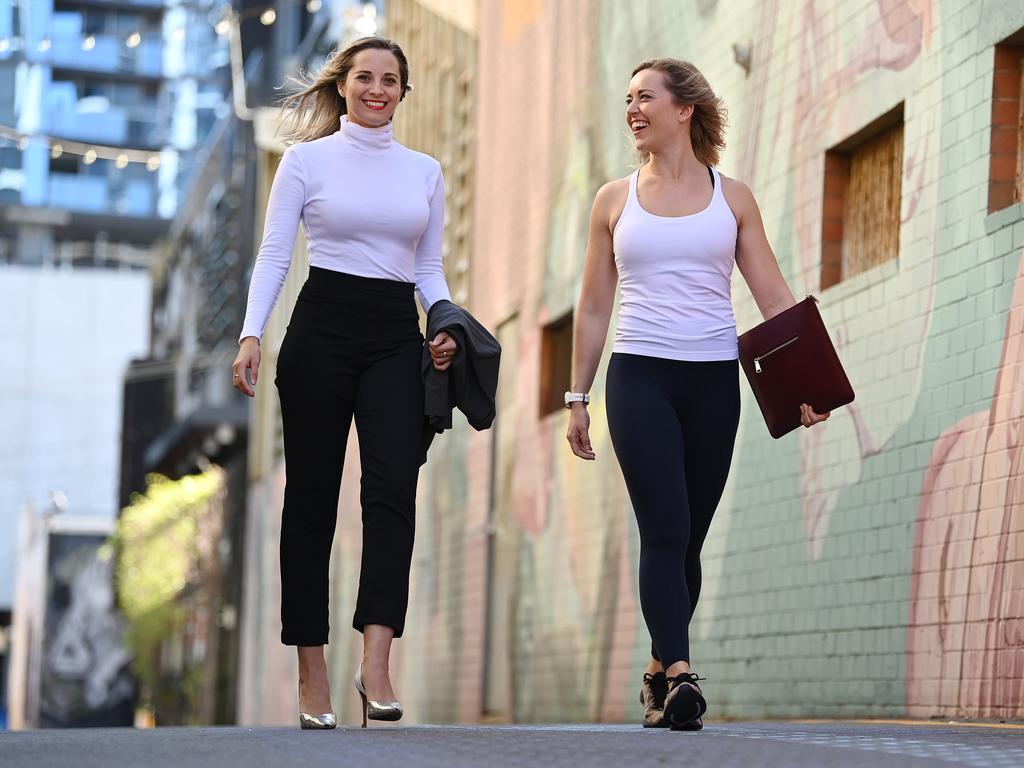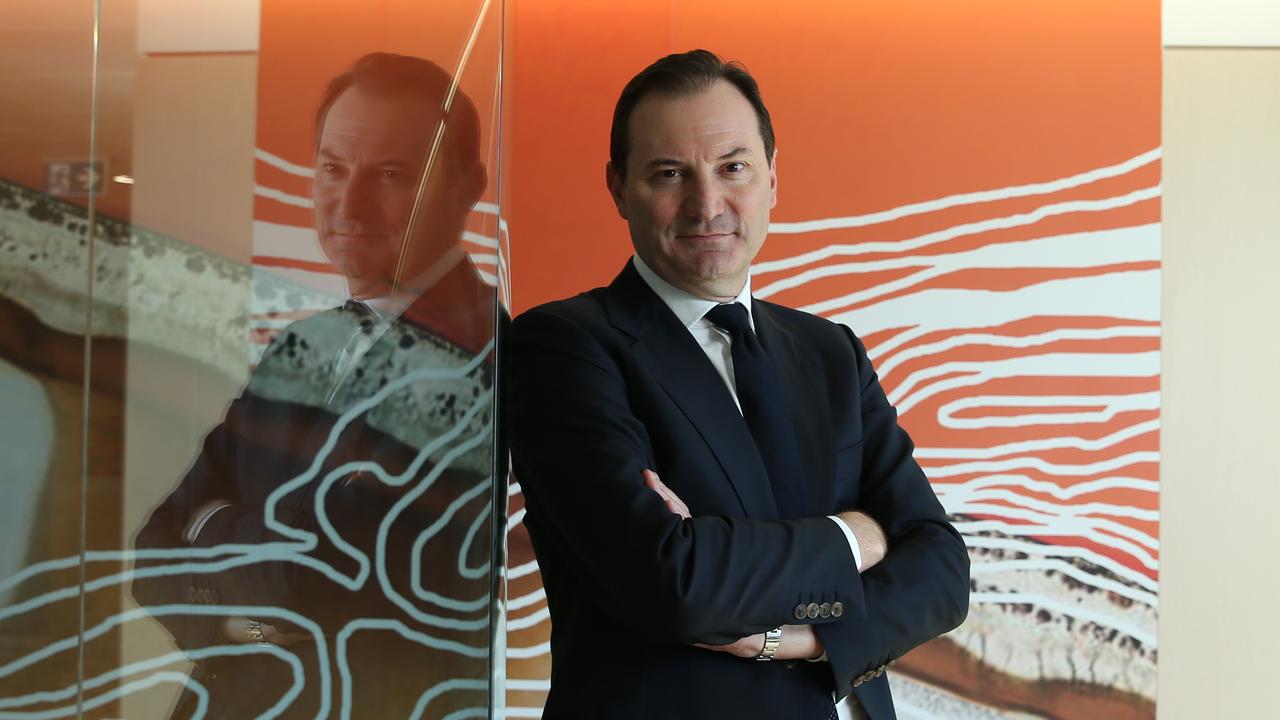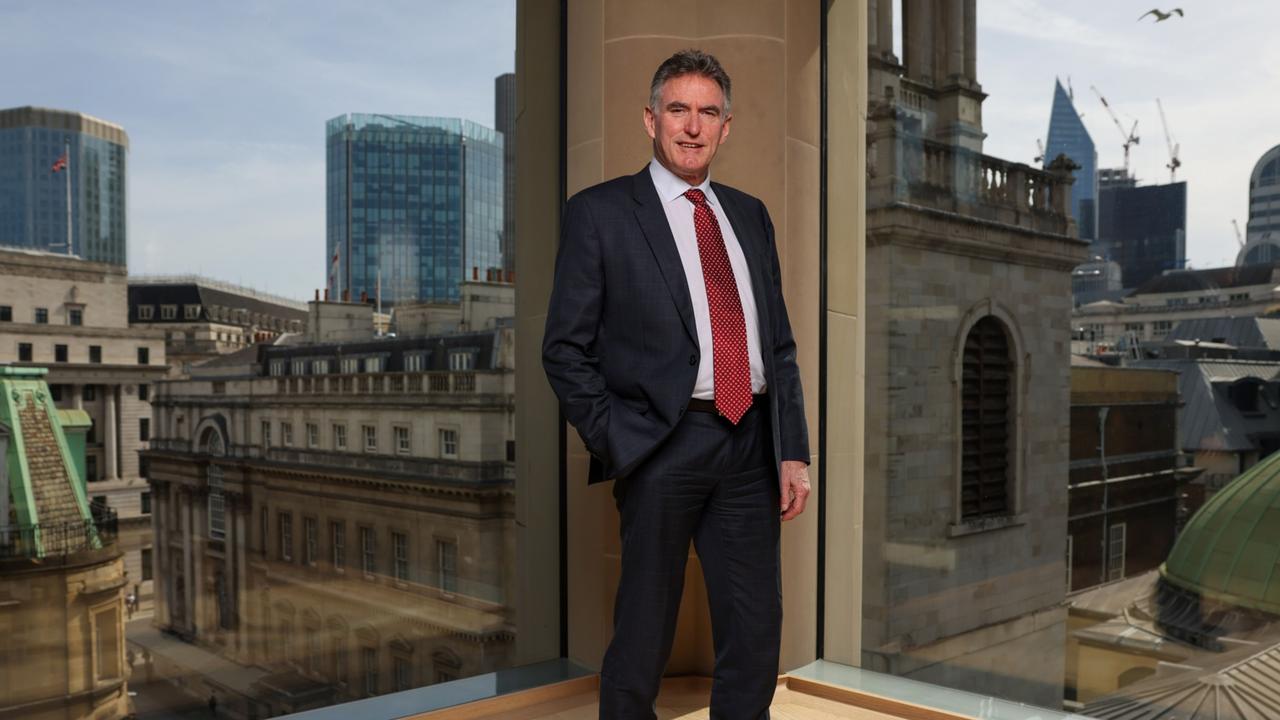Surprise plunge in unemployment to 6.8 per cent despite mass job losses in Victoria
Booming jobs growth in NSW and WA triggered an unexpected surge in employment.
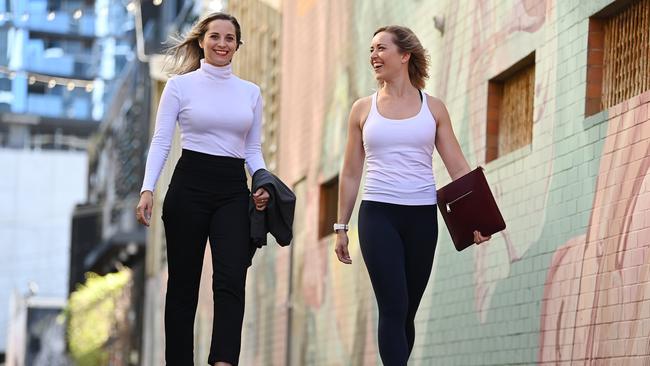
Booming jobs growth in NSW and Western Australia triggered an unexpected surge in national employment last month, even as the stage-four lockdown in Melbourne threw tens of thousands of Victorians out of work.
There was also a surge in self-employed Australians getting back to work in August, helping drive a surprise plunge in the jobless rate to 6.8 per cent from 7.5 per cent in July.
A survey from the Australian Bureau of Statistics showed an extra 50,200 self-employed Australians reported they had jobs in August. Josh Frydenberg said the figures showed the economy was “fighting back against the virus”, and were testament to the country’s “remarkable resilience”.
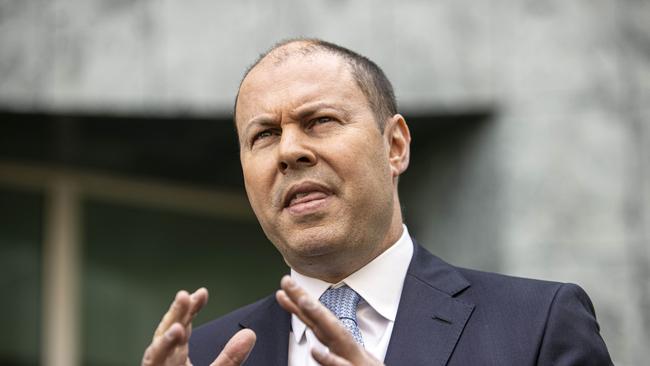
But the Treasurer warned that he expected the jobless rate to climb in the months ahead, and that the numbers couldn’t overshadow how many Australians, particularly in Victoria, were “doing it tough”.
The sharp drop in the unemployment rate was accompanied by a 111,000 monthly jump in the number of employed, the seasonally adjusted ABS figures showed.
Women accounted for the bulk of the increase in August, up 67,000, against 44,000 for men. After suffering a greater hit to jobs in the April and May shutdowns, women have recovered 57 per cent of those losses, while men have recouped 44 per cent.
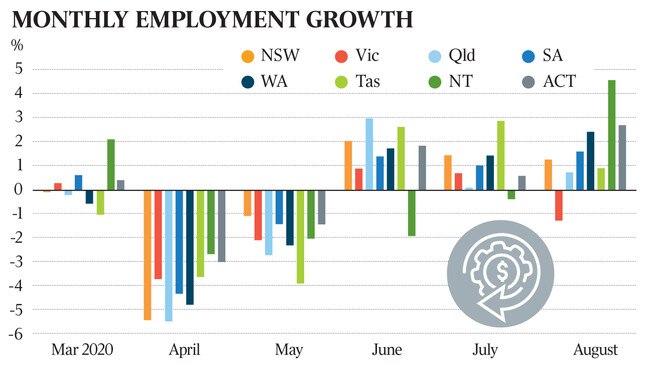
Jacinta Robinson and Alyse Grace, both 30 and from Brisbane, decided to launch their own businesses in the past few months, joining a growing number of people taking their employment fate into their own hands.
Before COVID, Ms Robinson was a trainer at an F45 gym and Ms Grace was helping with her partner’s business. Neither was forced to resort to JobKeeper. “A lot of people are realising having a job is a false sense of security and that they can take control of their own lives by starting an online business,” Ms Grace said.
She has launched a business-coaching course is slowly growing clients, while her podcast — Trillions with Alyse Grace, in which she interviews millionaires about their business successes — has reached 2500 monthly downloads.
“For me, it (the pandemic) definitely gave me a competitive advantage,” Ms Grace said.
Ms Robinson, a personal trainer, launched an online coaching resource called Fearlss Academy in May. Members from the local community, interstate and as far away as The Netherlands and Colombia pay a monthly fee to learn about mindset and nutrition and follow home workouts.
She said COVID-19 and lockdowns had created an opening.
“People are stuck at home, so they are missing out on that sense of community,” Ms Robinson said. “I knew that with the pandemic I could make them feel part of something and it was a great way for people to keep fit.”
Opposition Treasury spokesman Jim Chalmers said he “welcomed” the strong employment numbers, but said the country was still “in the middle of a jobs crisis”.
CBA senior economist Kristina Clifton said “an initial bounce in jobs was always going to happen with an easing in restrictions” across the country besides Victoria, “but further gains in employment from here will be harder to achieve”.
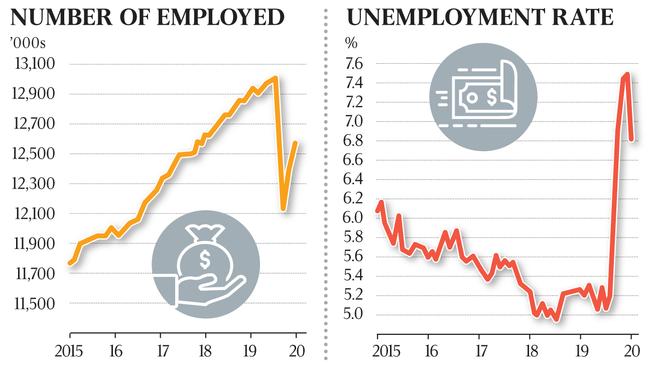
The August labour report confounded economists, who had expected job losses associated with Victoria’s second wave would overwhelm gains in other states and lead to the loss of tens of thousands of jobs on a national basis.
Instead, the labour market powered back for a third straight month. The August figures showed a 36,200 increase in the number of full-time workers, and a 74,800 rise in part-time jobs.
Employment lifted in all states and territories except Victoria, which shed 42,400 jobs. In contrast, the number of employed climbed by 51,500 in NSW and by 32,200 in Western Australia. The Victorian unemployment rate climbed to 7.1 per cent from 6.8 per cent in July.
The effective unemployment rate in Victoria jumped to 13.1 per cent, from 10.5 per cent, Mr Frydenberg said. “The situation in my state of Victoria remains very, very difficult,“ he said.
After the job losses last month, Victoria had only recouped about 5 per cent of the 198,000 jobs lost during the April and May national lockdown. The comparison with NSW was stark: by last month it had clawed back 70 per cent of 269,000 jobs lost during the depths of the downturn.
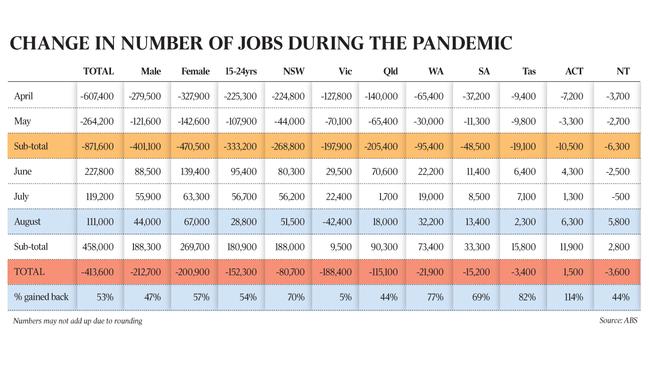
JPMorgan economist Ben Jarman said “it appears the reintroduction of mutual-obligation requirements for JobSeeker, and looming wind-down of the JobKeeper program, has encouraged sole traders to report a return to ‘normal’ employment”. “This employment shift is unlikely to be repeated,” he said.
Treasury’s “effective” jobless rate — which includes those not classified as unemployed but working zero hours for economic reasons, as well as those who have dropped out of the labour force through the pandemic — fell to 9.3 per cent from 9.8 per cent.

